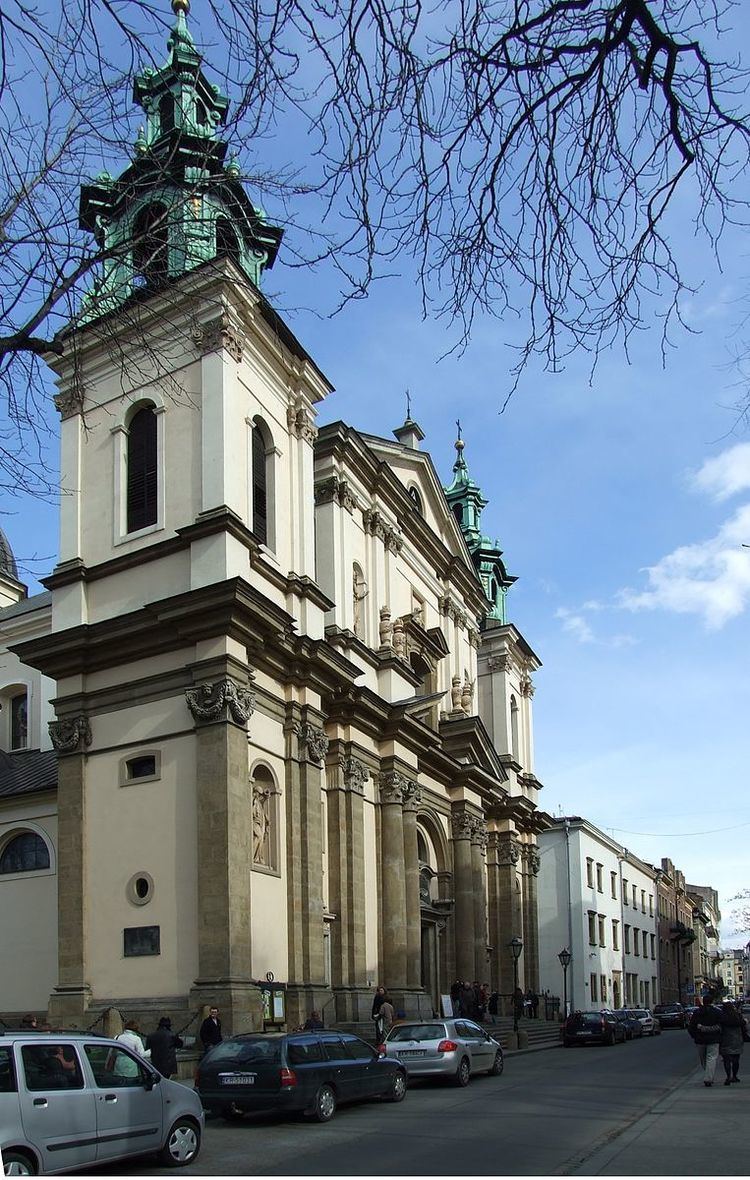District Old Town Phone +48 12 422 53 18 | Affiliation Roman Catholic Architectural style Baroque architecture | |
 | ||
Completed 14th century (first), 17th century (second) Province Roman Catholic Archdiocese of Kraków Similar Saints Peter and Paul Chu, Collegium Maius, St Andrew's Church - K, Church of St Adalbert, Church of St Francis of Assisi Profiles | ||
The Church of St. Anne (Polish: Kolegiata św. Anny) located at ulica św. Anny 11 street in the historic centre of Kraków, Poland, is one of the leading examples of Polish Baroque architecture. The church's history dates back to 14th century.
Contents
History
The church was first mentioned in 1381 in the deed of donation of Sulisław I Nawoja of Grodziec. In 1407 the church was completely destroyed during a fire, but it was rebuilt the same year in the Gothic style by King Władysław II Jagiełło. The king also attached the Church formally to the Jagiellonian University by giving it the right to nominate the parish priest. In 1428 the choir was reconstructed and enlarged. By a charter dated October 27, 1535 St. Anne's was raised to the rank of a collegiate church.
In 1689 the Gothic edifice was demolished as it proved too small for the growing cult of Saint John Cantius, the patron saint of the Jagiellonian University who's laid to rest there. In 1689-1705 the new Baroque church was erected, modelled on Sant'Andrea della Valle in Rome. The architect was a Polonized Dutchman Tylman van Gameren, a chief architect at the court of John III Sobieski. The interior stucco decoration is the work of Baldassarre Fontana, and the polychromy assisted by painters and brothers Carlo and Innocente Monti and Karl Dankwart of Nysa. The painting of St. Anne in the high altar is the work of Jerzy Siemiginowski-Eleuter, court painter of King John III Sobieski. The 18th-century paintings in the stalls showing the life of Saint Anne are by Szymon Czechowicz. In the transept there is an altar of the adoration of the cross to the left, and the tomb of John Cantius to the right.
